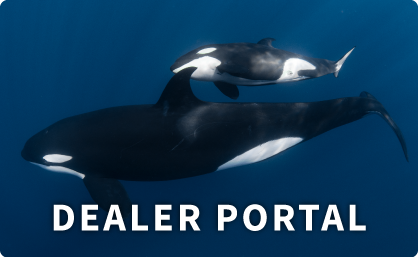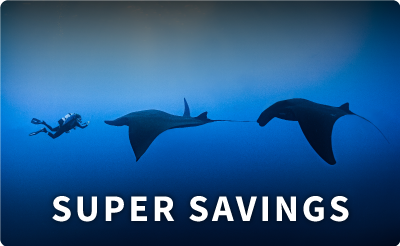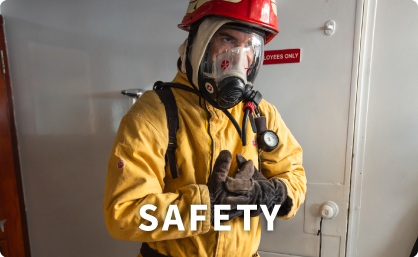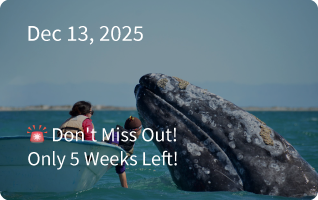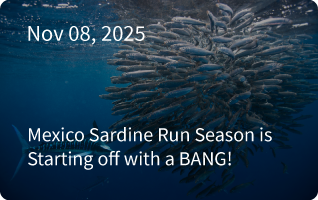Location: Socorro Island, Revillagigedo Archipelago, Mexico
We had a very interesting trip with 5 scientists onboard the Nautilus Explorer for our trip to Socorro Island. Guy Stevens from Maldives. Tim Clark from Hawaii and Bob Rubin and Karey Kumli from the United States. All with a a lot of knowledge of giant mantas from different corners around the world. Bob and Karey have been studying manta rays since early 1990s and have registered 190 giant pacific mantas around Socorro Island and are setting up a statistic of sightings. Captain Mike, his partners and the crew are all passionate about science and conservation at Socorro and Guadalupe Islands and support this kind of scientific trip. On this expedition their focus was to tag giant mantas and set out receivers in San Benedicto and Socorro Island and Roca Partida. We placed 5 receivers and tagged 8 manta rays. For a year these receivers will gather data each time that the manta are passing the receivers to see how they are moving. What would be very interesting is to also set out receivers in Top of Cabo San Lucas then Cerralvo in Sea of Cortez and think about even putting them out on Rocas Alijos and Clipperton Atoll. And hopefully even Cocos Island. Then these receivers can work with several other animals like the great whites in Guadalupe Island and other sharks and we could gather a whole bunch of information.
Thanks to Karey who spent a lot of time to sort out all kinds of film and photos from divers who have been on board the Nautilus this year. On this trip we got to see and photograph 23 different individual mantas!
It was a pleasure to have you all here and giving me a chance to talk and discuss different behaviours that we have experienced. Sharing information. One new thing for me was that we think now by DNA samples that there are 2 different species of Manta and the more rare and the biggest one is the Pacific giant manta which is what we have here. There are so many things that we don’t know about the mantas. For example how old can they get? There are no sure measurements. One thing we know by photo ID is that here is one manta that was photoed and has been re-sighted during 30 years and she was already full grown when photographed the first time..Divemaster Sten

